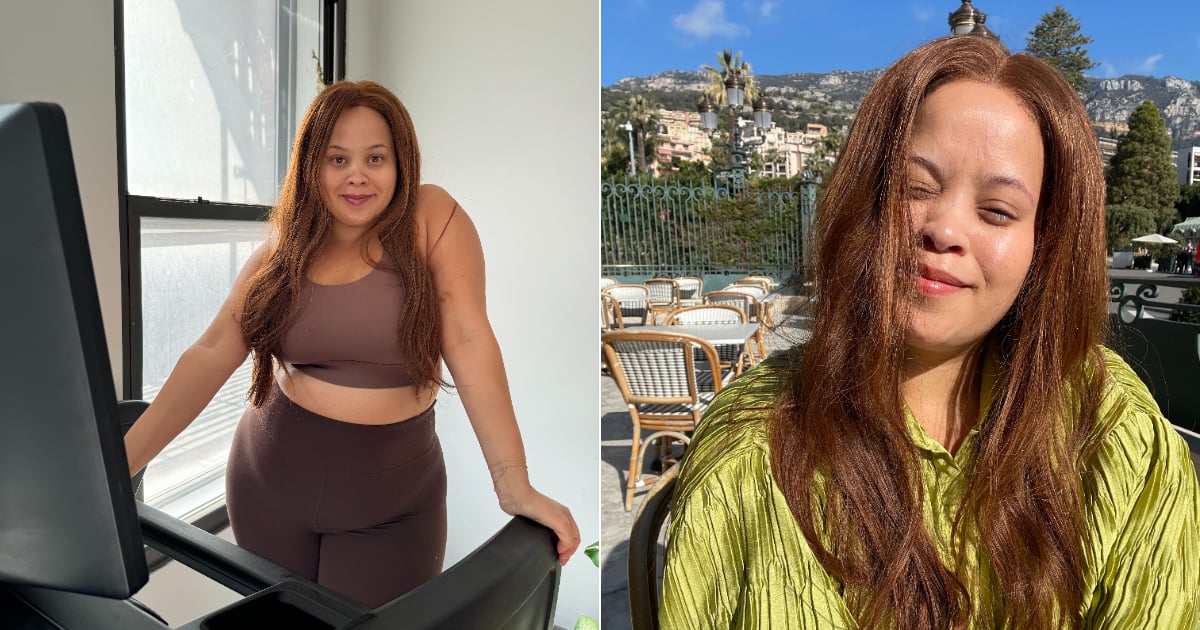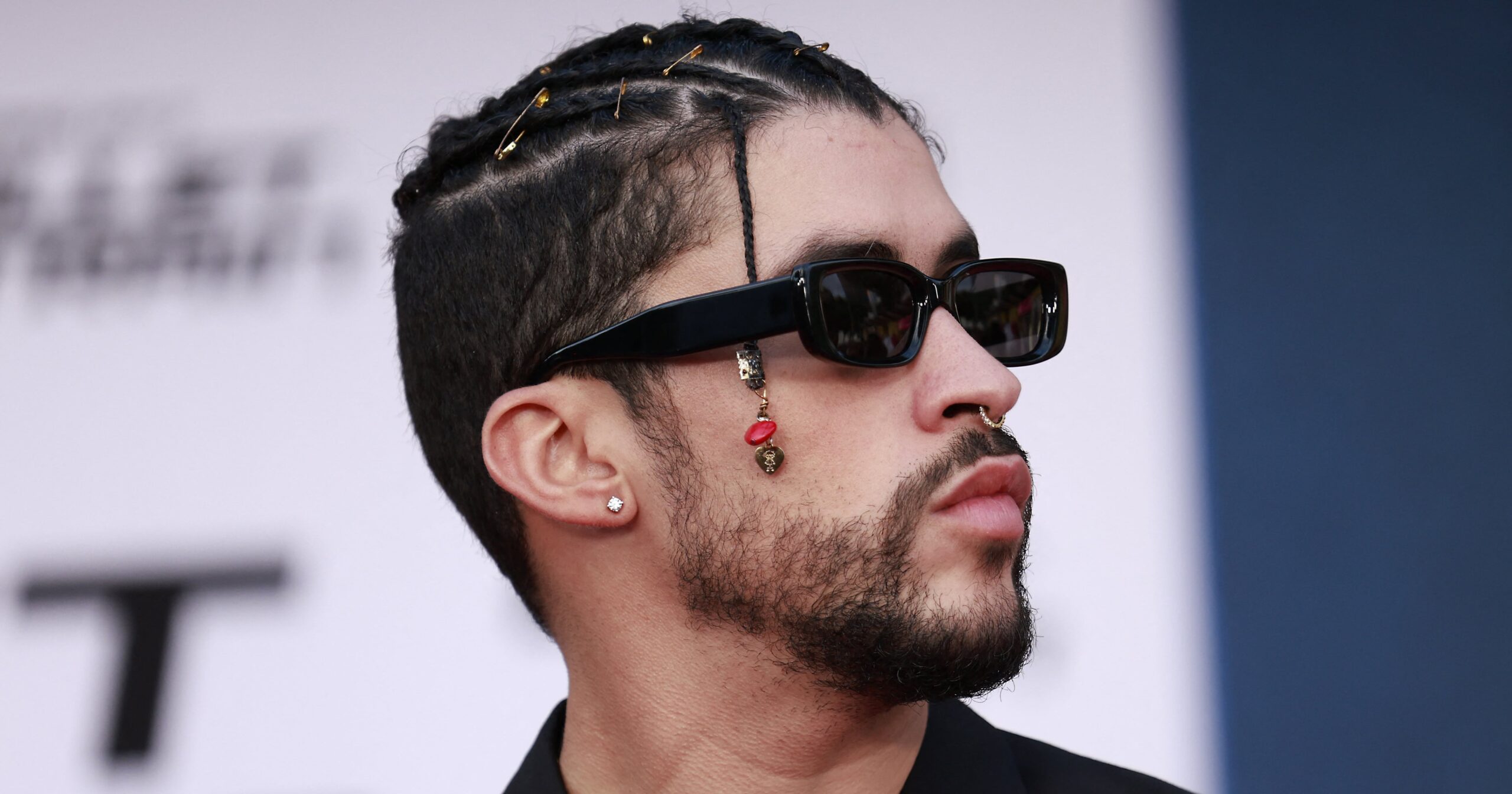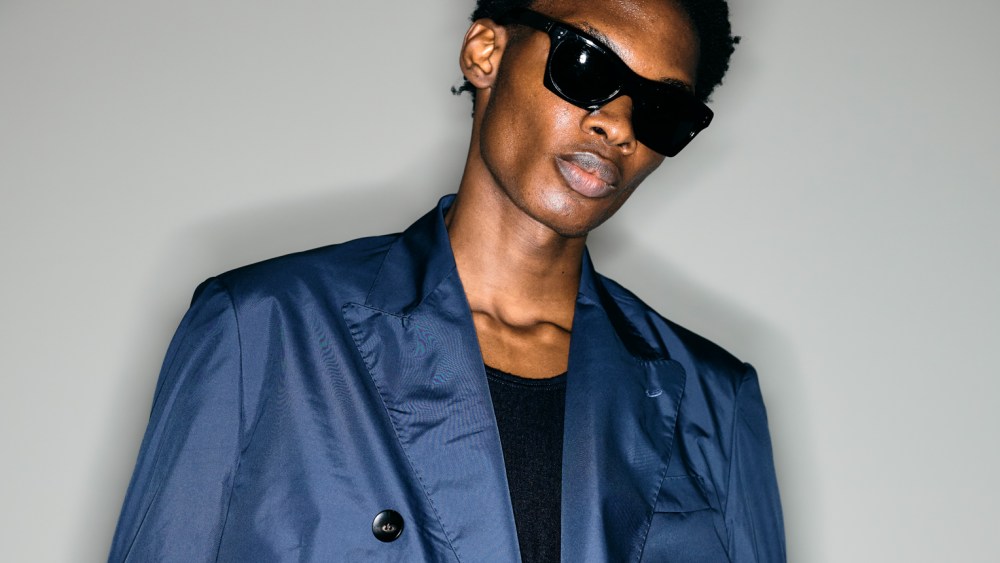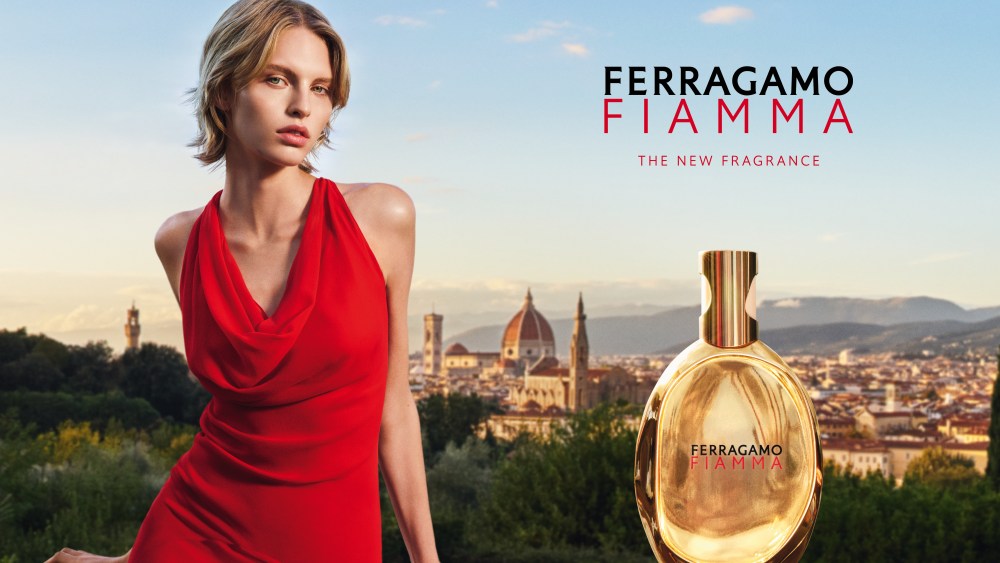I got into running after my dad passed away. He was an avid marathon runner and I decided it would be a cool way to honor him and get fit at the same time. What I didn’t expect was how much I would enjoy it. Eleven years after I first laced up my running shoes – and with eight half-marathons, one full marathon, and more than two dozen 5Ks and 10Ks under my belt – running has become my most valued outlet when I’m feeling happy, sad, overwhelmed, or frustrated.
I love the runner’s high I get when my feet hit the pavement. I love the discipline it requires to train for a race. I love the community it’s created for me, meeting up with other runners at expos and events.
What I don’t love is what running does to my 4A coils and curls. My hair does just fine when I keep my runs under four miles, but when I increase the mileage, my curl definition diminishes, the shine turns dry, and the soft touch becomes rougher.
Because curls have a more elliptical S-shape, they grow in a curvy and winding pattern, which can lead to more breakage due to dryness – making them more susceptible to harm caused by wetness than other textures. “The moisture and salt in the sweat causes your hair to revert and draw up, shirk, or start to frizz,” Broadway hair designer Nikiya Mathis tells PS.
Because of this, I and many other Black women have specific hair for exercising – leaning into protective styles when we know it’s an active season. Many of us plan our training schedule around our hair. “Pretty please don’t ask me to work out this week,” my sister captioned a recent selfie posted to Instagram after she had her hair styled in a silk press. Why? Braids, silk presses, wigs, weaves, and other natural styles are time-consuming and expensive – risking ruining them prematurely with exercise is not always a path we want to take.
In a couple months, I’ll complete my second full marathon. With my hair concerns in mind, I was determined to find a protective style that not only would stand up to the sweat of training, but doubled as a style I could wear throughout the week for work events, meetings, dates, and girl time.
After much research, I decided to turn to my wig from Hairvivi. I have been wearing the Noelle style ($416) on and off for a year after seeing glowing TikTok reviews of the brand. I love how the wig complements my skin tone and how smooth the human hair is. I’ve worn the hair in multiple scenarios: bachelorettes, weddings, weekend brunches, date nights, sun-kissed holidays, and Zoom meetings. And with my next training schedule, I was very eager to see if I could add the gym to my list.
Does the Hairvivi Wig Stand Up to Sweaty Workouts?
Many naturals I know have a dedicated wig they wear during their workouts, and the friends I spoke with prior to taking my Hairvivi for a spin strongly advised me not to use the brand for my runs. They said the wig – which is made from 100 percent human hair and without glue and features a premade fake scalp and a pre-plucked hairline – is too good to get tangled up in a workout. However, the wig not only survived my sweaty workout, but streamlined my beauty routine.
Prior to using the wig, I would wash and style my hair twice a week during the five to six training days – a task that would add up to two hours a week, with styling or a refresh every two days. It was extremely taxing. But with the wig, I simply plait my hair into six cornrows, pop on the brushed-out Noelle wig, and run my race. Like all protective styles, it preserves my real hair underneath so I don’t have to manipulate it up to four times during the week.
In order to avoid the tangles and mats my friends warned me about, I brush out the wig before and after every run and take the time to wash it once a week, letting it properly air-dry (heat should only be applied if you want to change the style’s texture). According to Mathis, it’s imperative that you take off glueless wigs before going to bed because the friction from sheets and pillowcases could cause shedding, breakage, and frizz – so I’ve been doing that as well. Since I’ve kept up with this routine over the last four months – as well as adding a couple drops of hair oil to add moisture back – the hair has not tangled and looks as shiny as when I first got it.
My sweat doesn’t disrupt the wig lace, either. An adjustable inner band and a nape comb piece keep the wig on tight when I’m in motion. I’ve worn the wig when training on a treadmill, pavement, beach sand, and gravel. The hair has never wavered, slipped off, or lost its way in tangles.
As for my natural hair underneath, I make sure I let the roots dry properly after a workout by sitting under my hooded dryer. “When sweat dries on your scalp, it leaves a residue that can clog your hair follicles with damaging bacteria,” says Hairvivi founder Claire Bao. Because my hair is in neat cornrows, I don’t have to re-braid them after each run. Instead, I spritz them with a hair oil (current fave: Gisou’s Honey Infused Hair Oil) to make sure my natural hair stays hydrated.
It can be tough to maintain great textured hair with a physically active lifestyle. As a Black woman, I don’t want to have to choose between fitness and my appearance – thankfully, Hairvivi helps me achieve the perfect happy medium.
Natasha Marsh is a freelance writer who writes about fashion, beauty, and lifestyle. Prior to freelancing, she held styling staff positions at The Wall Street Journal, Burberry, Cosmopolitan Magazine, British GQ, and Harpers Bazaar.




